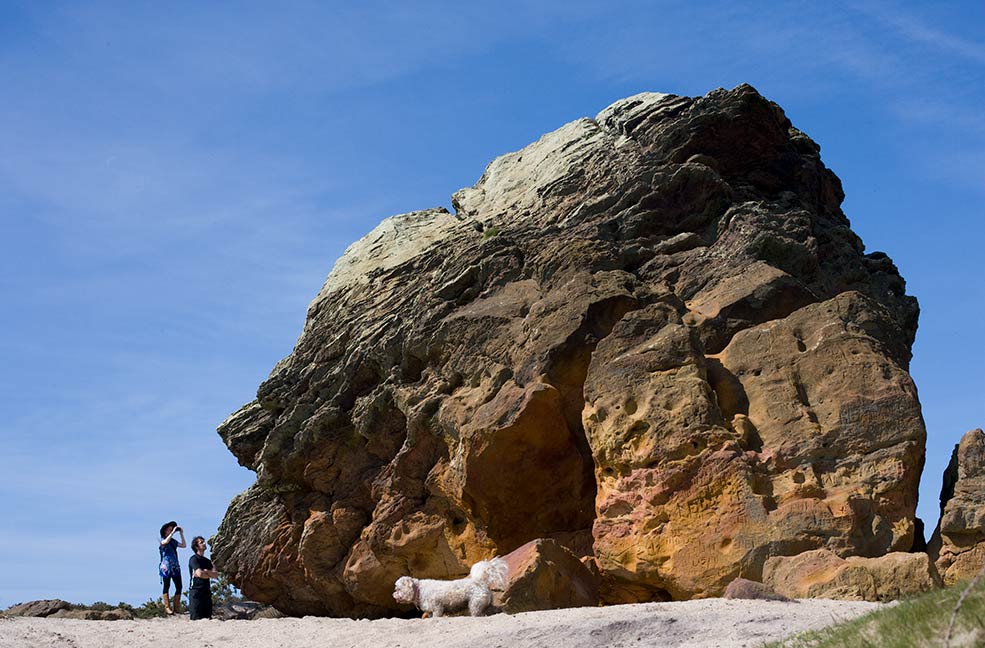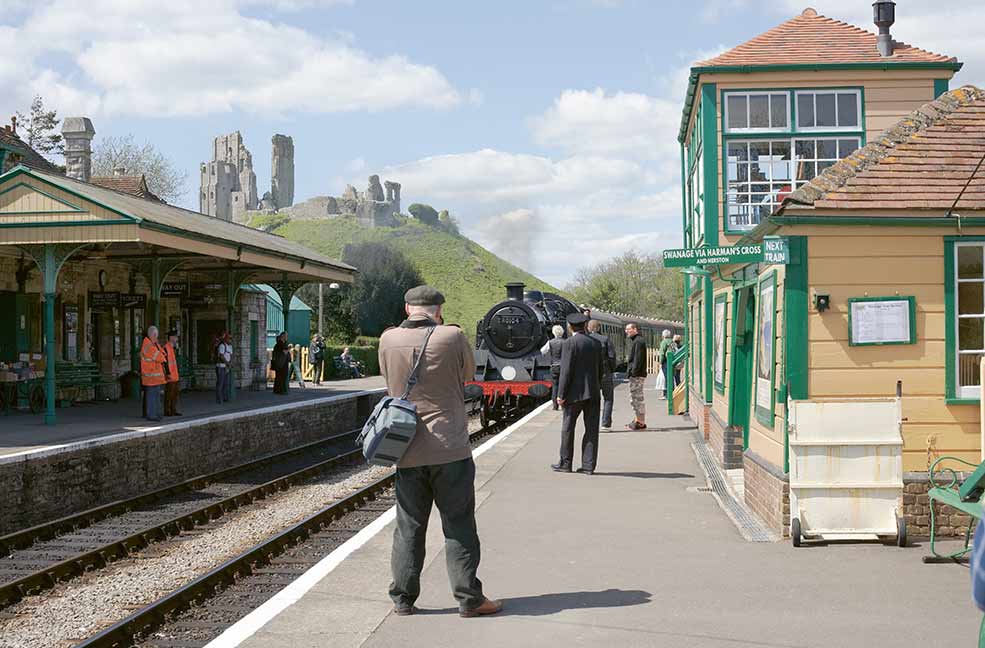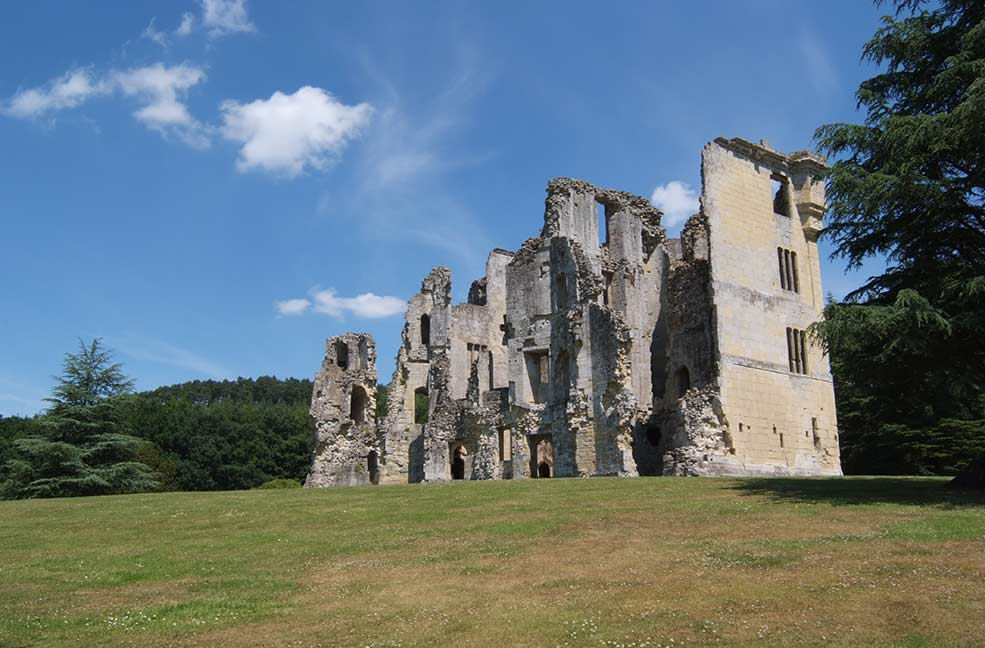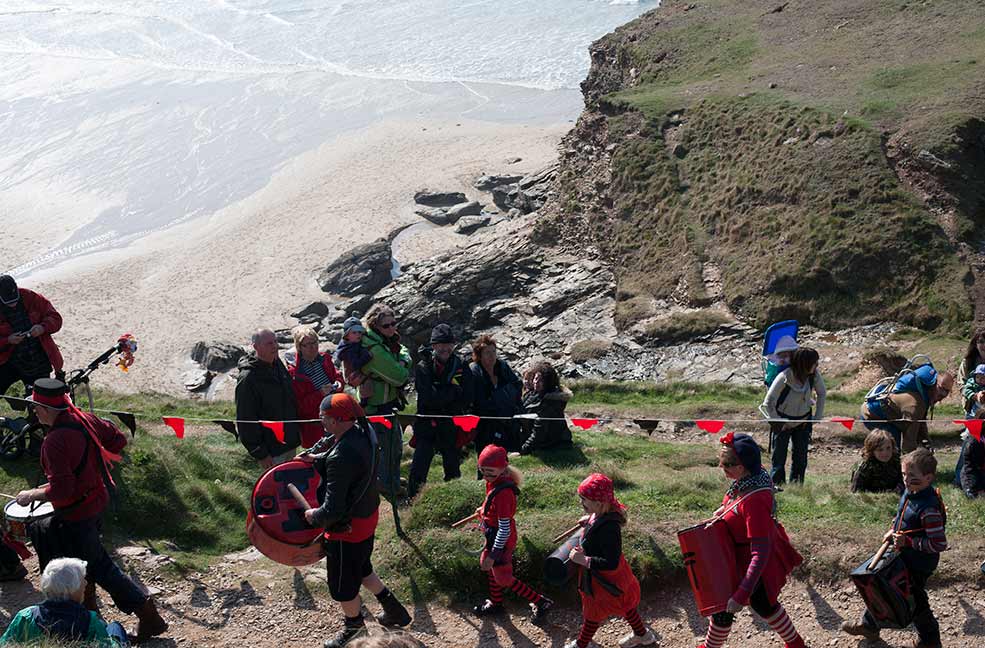Sturminster Newton is a little known town, unless you’re a Dorset local, though having done some family visiting there recently, I was surprised that there is actually a lot of culture and interest about the town if you only look beyond it’s quaint and quiet exterior.
Sturminster has strong literary connections, including poets William Barnes and Robert Young, though perhaps the most notable is poet and novelist Thomas Hardy. Now a private house (a pink and blue residence overlooking the River Stour) boasts a blue plaque marking the place where Thomas Hardy lived from 1876 to 1878 after he married Emma Gifford. Hardy later said that this location was ‘idyllic’ and described his years here as being among the happiest of his life. It was during this period in 1878 that he wrote Return of the Native, and Sturminster Newton appears as ‘Stourcastle’ in his novel Tess of the D’Urbervilles.
Highlighting the spot where Sturminster Newton has staged almost 800 years of market selling, the market cross (now only made up of four steps) sits quaintly in the centre of the town. The monument, which dates from the 15th Century, has remained incomplete since 1540, when the shaft that made up the rest of the feature was destroyed. The remaining stump, which has remained unchanged since it was partly destroyed, provides a quaint characteristic to the town whilst shops and businesses around it in the town centre have gradually developed over the years.
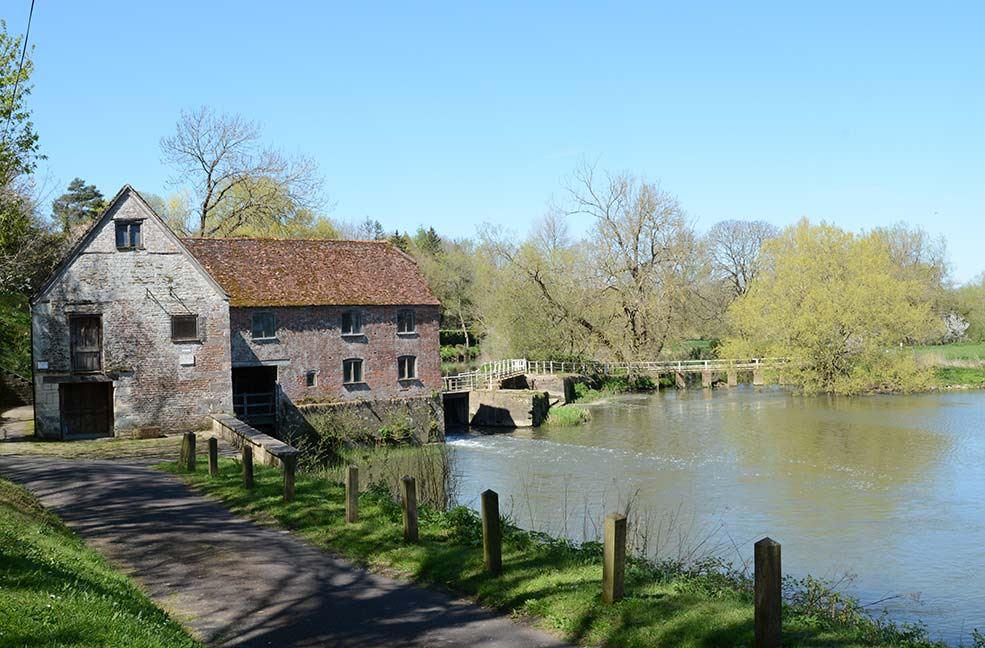
Sturminster Mill was once a place for hiding contraband liquor, and is now in operation as a working tourist attraction, representing thousands of years of continuous working history. The Domesday survey gives details of a mill on the same spot since as early as 1086. The mill is just one of several flour mills which have dominated the banks of the river Stour over the centuries. Sam Elkins was the last full-time miller at Sturminster, and in 1970, the mill was boarded up and left unused for years. An agreement was made in 1994 for the Sturminster Newton Museum and Mill Society to manage the mill as a visitor attraction.
The town bridge, which was built in around 1500, is made up of six arches, not only making it an iconic feature in the landscape, but ensuring its recognition as one of the finest medieval bridges in Dorset. A particularly characteristic feature of the bridge is the 15th Century notice, which states that ‘Any person wilfully injuring any part of this county bridge will be guilty of felony and upon conviction liable to be transported for life.’ Such was the fate of the Tolpuddle Martyrs from the nearby Dorset village of Tolpuddle in 1834.
Unfortunately the town does not boast an imposing fortified castle, to which the tourist information makes tantalising hints. The ‘castle’ is actually in a very dangerous state and is the ruinous remains of a 14th Century manor house. The building, or what is left of it, now stands on private property, and was given as a gift from Henry VIII to his sixth wife Katherine Parr in 1543. The ruins have not changed much in a little over 100 years, and it is thought that there was once an Iron Age hill-fort in the vicinity, with the site most likely having been reoccupied from the late Saxon period. The positions of the ruins represent the earliest settlement so far discovered in the town. Although no-one knows exactly where, legend has it that there is a well near the site of the castle, in which is hidden a wealth of treasure and a large object of solid gold is said to be hidden in a nearby tunnel.
Tucked away from the high street, St Mary’s Church boasts a fantastic and ornate 500 year-old wagon roof. The 15th Century roof, which stretches along the length of the nave, is significant for its 14 carved angels that are placed along it. During the 1910 and 1911 restoration of the roof, William Westcott and his men removed lead shot from the vicinity of the projecting Angels, which is believed to have been the result of Cromwell’s soldiers taking pot shots whilst billeted in Sturminster Newton during the English Civil War of 1642-1651.


